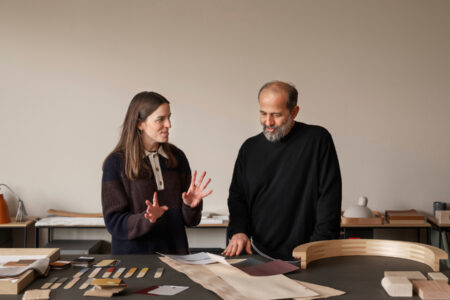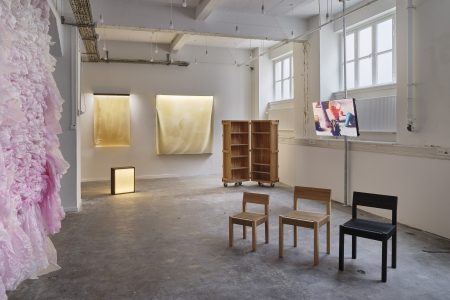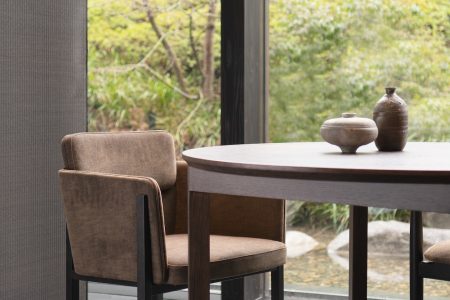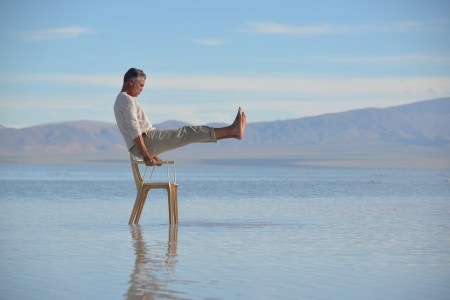
Danish Design Goes Couture
This year, MINDCRAFT rolls up its sleeves: the Fuorisalone exhibition, curated by Ditte Hammerstrøm, asked 17 Danish designers to get to the core of their chosen materials
Since its debut in 2008, the Danish Arts Foundation’s MINDCRAFT has displayed the best of the country’s crafts and design scene at the Fuorisalone. In the past, many participants have had their pieces spotted and put into production by leading manufacturers. That might be a beautiful challenge this year, as curator Ditte Hammerstrøm asked the exhibition’s 17 designers to go for couture —that is, thorough hands-on work to bring out the best of each material.
We spoke with the furniture designer about her brief, our desire to solve life’s big and small questions through design and the cool renaissance of the word “craftsmanship.”
TLmag: The pieces you’re showing are so fiercely tactile. Was that part of your brief?
Ditte Hammerstrøm: That’s exactly the goal. This is an important exhibition for me: the word “design” is used by everyone about everything, so I want to show the essence of it —I want to show what designers can do that nobody else can. The core of what we do is our work with materials, and so I wanted to emphasise the aesthetic and visual qualities of these objects.
TLmag: As you were looking for new ways of working with those materials, which methods surprised you the most?
DH: I gave [the designers] a special task: as this is going to be an outdoors exhibition, in the beautiful Sam Simpliciano cloister, I asked them for large-scale work to fill the courtyard. I had been following their work, and I chose them according to which material they work with —that’s because I want the work itself, instead of the designers, to be the main feature in the exhibition. Louise Campbell, for example, is working with paper on a six-metre long piece. You have Petra Dalström working with very thin porcelain, Gitte Jungersen is working with glaze and another is working with very dusty, dry clay —so you have three different ways of working with the same material.
In the end, the results were even more beautiful than anything I could have expected. I wanted them to work with the equivalent of haute couture in design, pushing themselves to do, hands-on, the most extreme things they could do with each material. They all do industrial, mass-produced products as well, but I wanted this exhibition to feature haute couture –the best of the best.
TLmag: With the popularity of hygge, I keep thinking that we want design to solve almost every problem for us, from the emotional to the urban. Why do you think we’re placing so much of the onus on design?
DH: That’s true! (Laughs) I think a lot of the issues can be solved by using design, but I also think that we use the word a bit too much. It’s not always design: sometimes it’s beautiful engineering work. As a designer, it’s nice to get the opportunity to really emphasise what a designer can do.
It’s just popular, using “design” as a term. In Denmark, I often hear: “Oh, I designed this yesterday!” No! (Laughs) You didn’t design it yesterday, you made it yesterday. That’s something else.
TLmag: Do you foresee a shift there?
DH: Maybe we need to invent another word for it (laughs). But actually, we need to be more proud of the term “craftsmanship,” for instance. Some 10 years ago everyone wanted to be a designer, but now being a craftsman instead is getting slightly popular again.
MINDCRAFT18 will be on display from April 17-22 at the San Simpliciano cloister
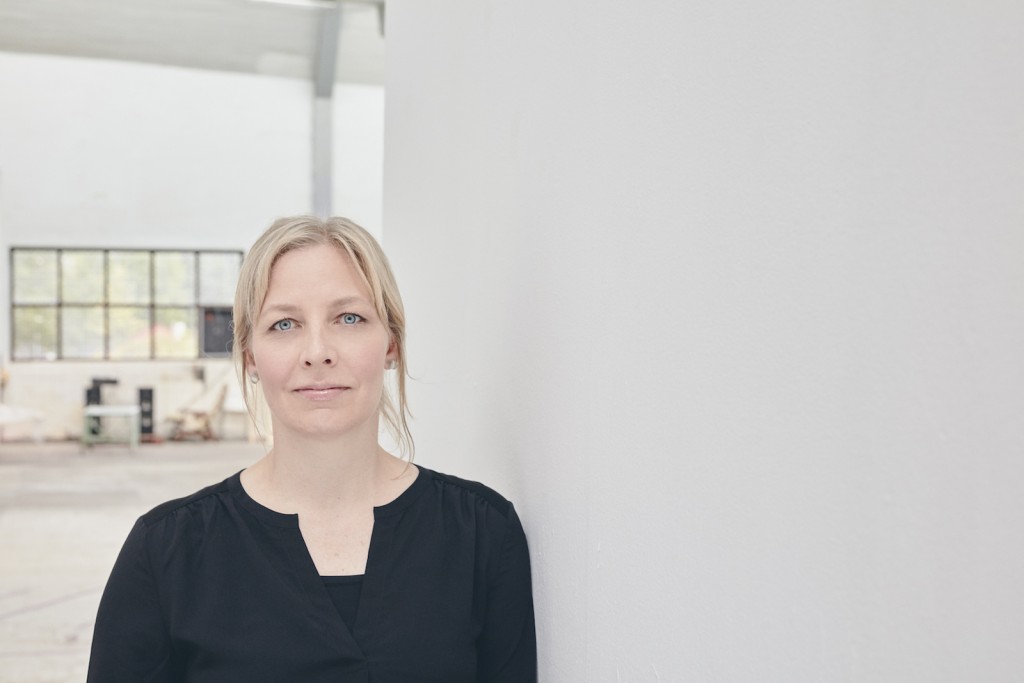
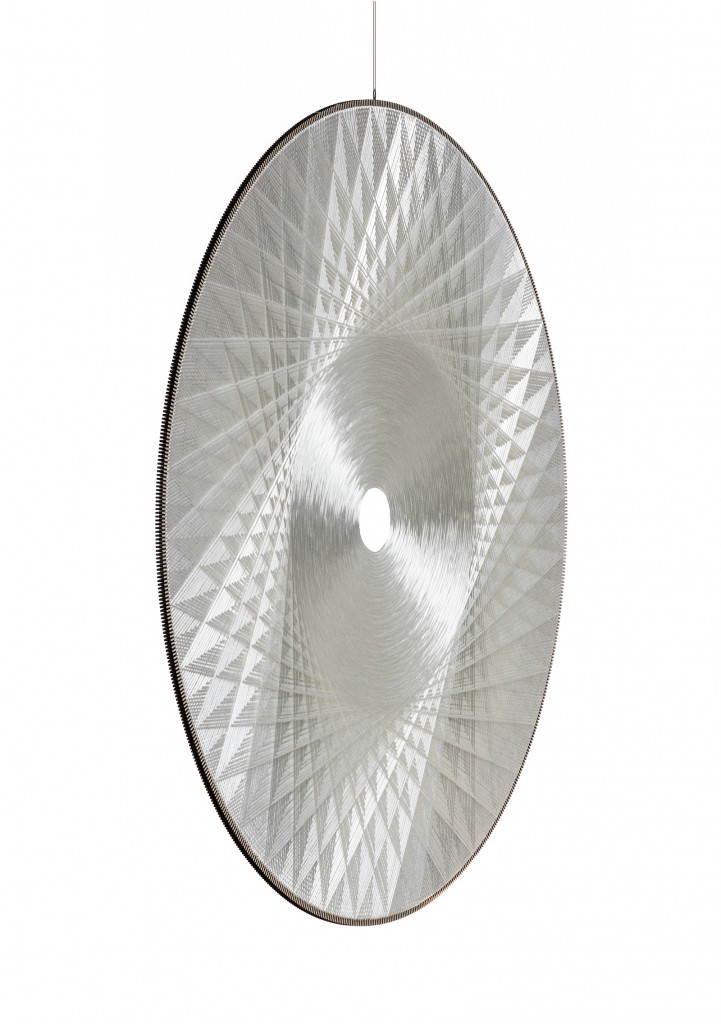
Sound-absorbing element constructed as an open weave on a plywood ring, glued together of six laser-cut segments. The outside of the ring has 720 laser-cut slits to hold the thread. Suspended from a pivot joint, the ring is wound around with thread in thousands of high-precision movements. The weave takes about two weeks to complete.
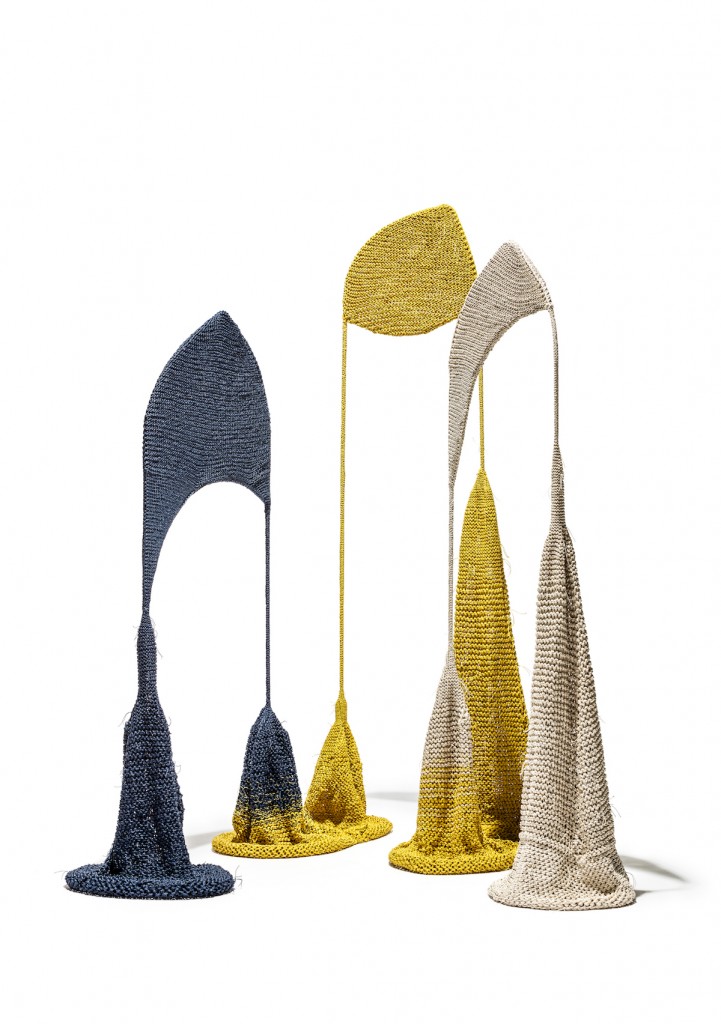
Large hand-knit textile sculpture with large and small stitches and added lengths of waxed cotton string. Mounted on an interior frame of hand-bent metal. Colour range yellow, dark blue and chalk white.
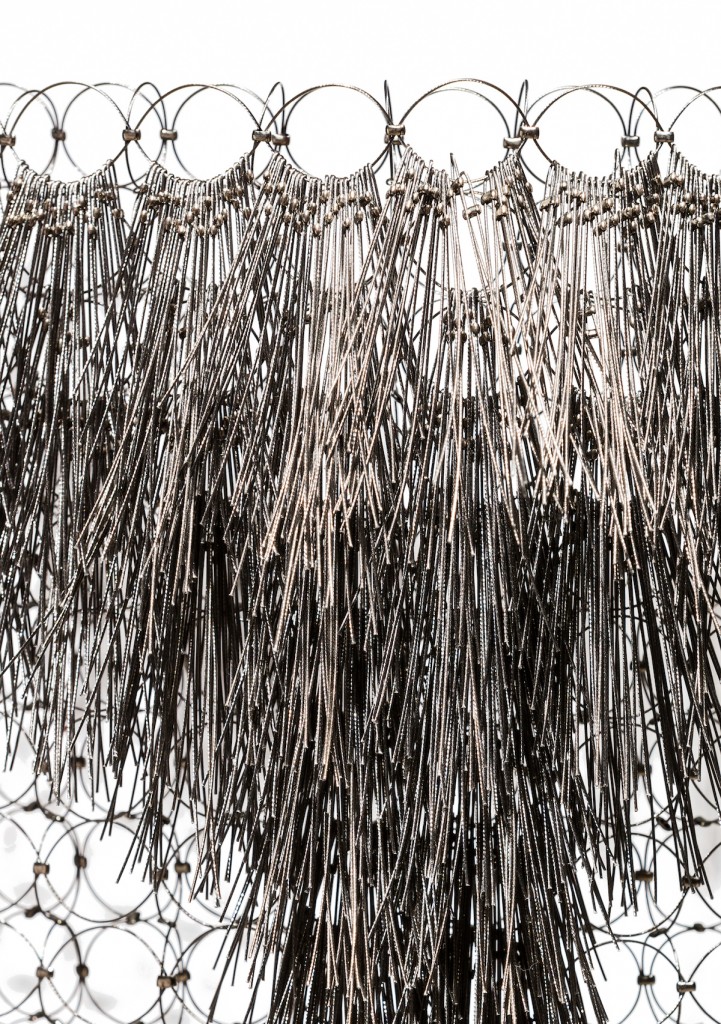
A ‘helmet’ and a ‘sleeve’, constructed in layers and stabilized with clamps in a time-consuming but fairly simple technique. Small bits of wire are added to the exterior of the helmet to produce a bristling appearance. Viewed from inside, by the wearer, the helmet’s interior frame becomes fully visible.
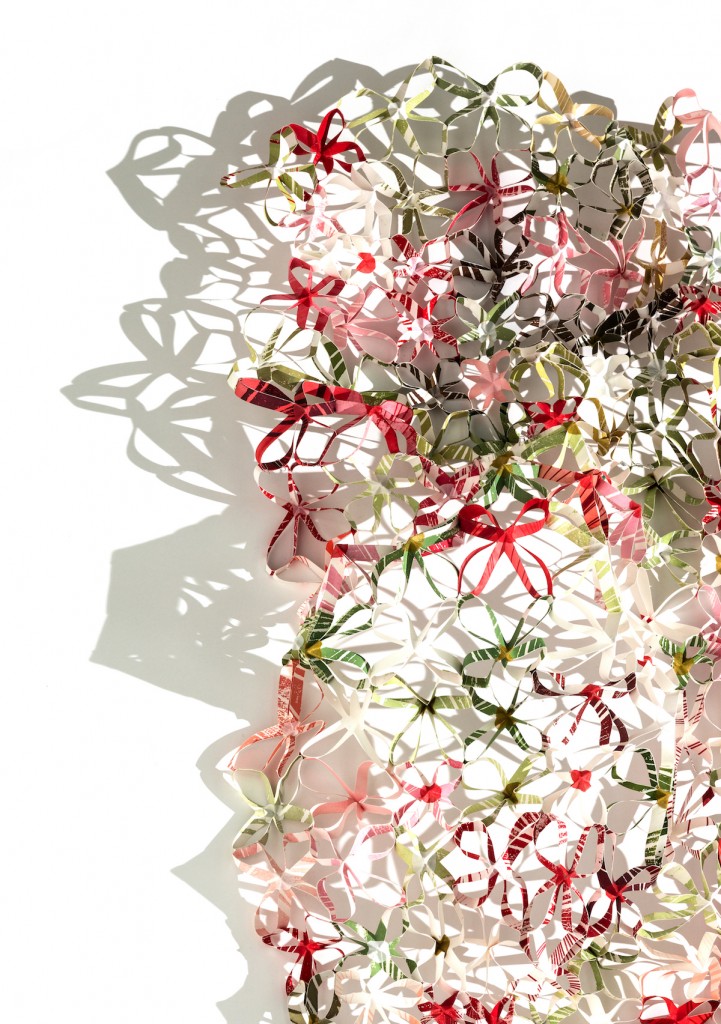
Hand-lino-printed paper, hand-cut, hand-folded and assembled by hand
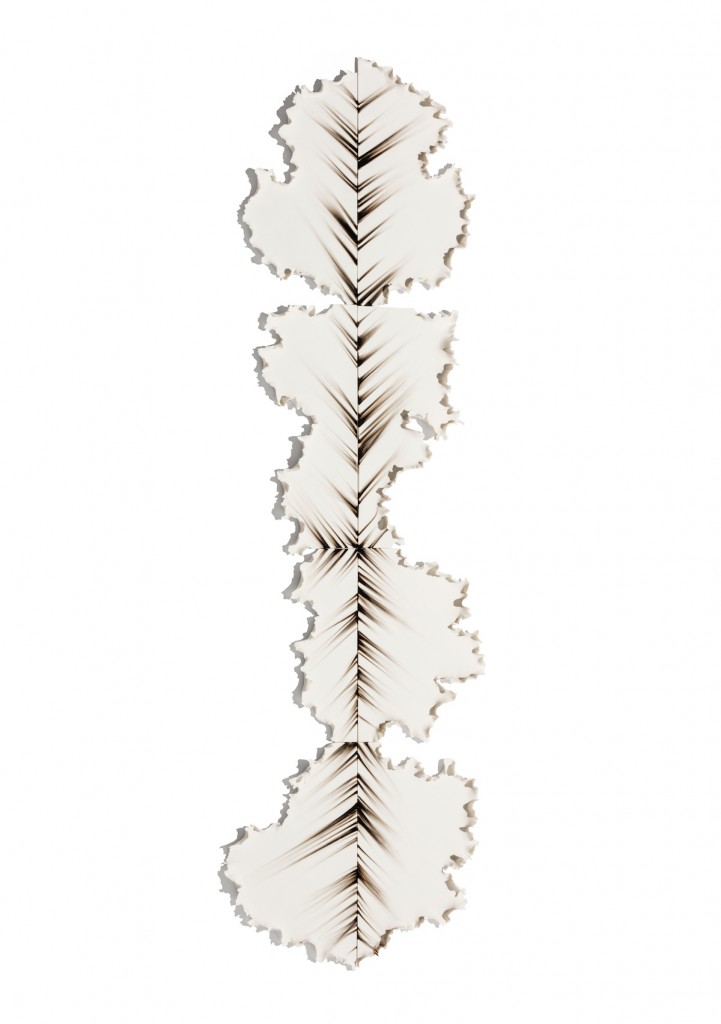
White hand-moulded, high-fired porcelain sheets that have been held over a flame from a candle. The flame creates black stripes of soot on the surface of the porcelain. The sheets are placed on a wooden board that has been blackened by a torch.
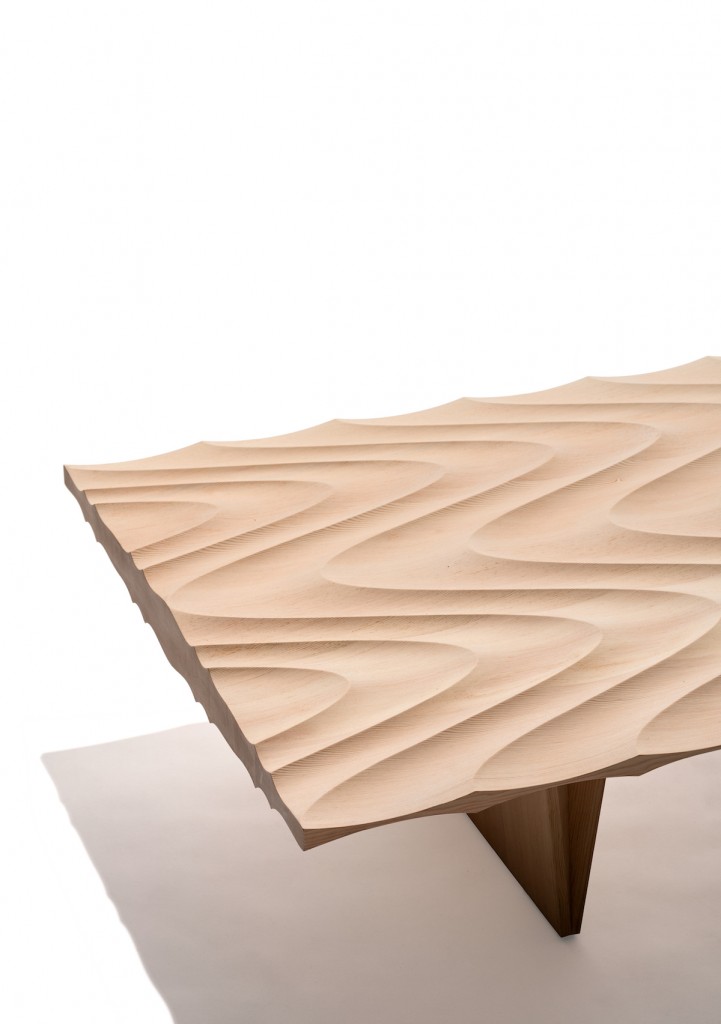
A wide bench made of pieces of solid Oregon pine glued together. The three-dimensional pattern on the surface was created with a CNC milling machine and subsequently hand-finished with Japanese planers and profiled scrapers. The legs are made of two wedge-shaped pieces of Oregon Pine, joined with sliding dovetails in European walnut. Finally, the surface was sanded and finished with lye soap.
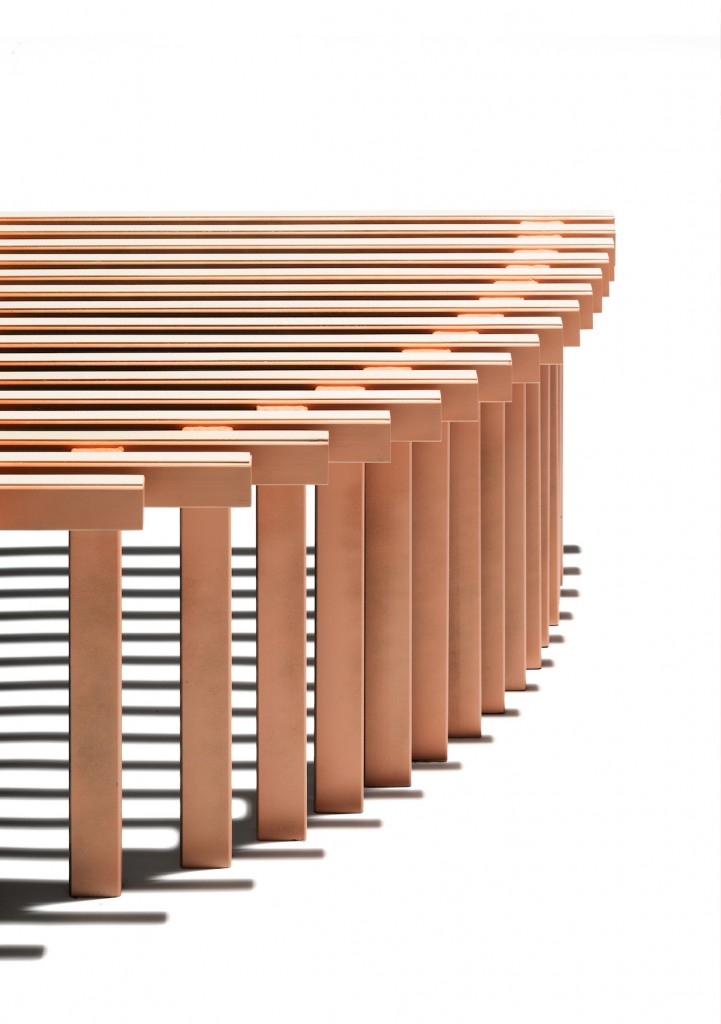
The form inspiration for the bench came from the cactus. This sturdy plant can survive in the wilderness, a harsh and lonely environment with no audience or competitors. It stands up to the taxing conditions, continuously producing new disc-shaped segments in its process of constant transformation. The plant’s famously prickly demeanour is its main appeal for its many fans!
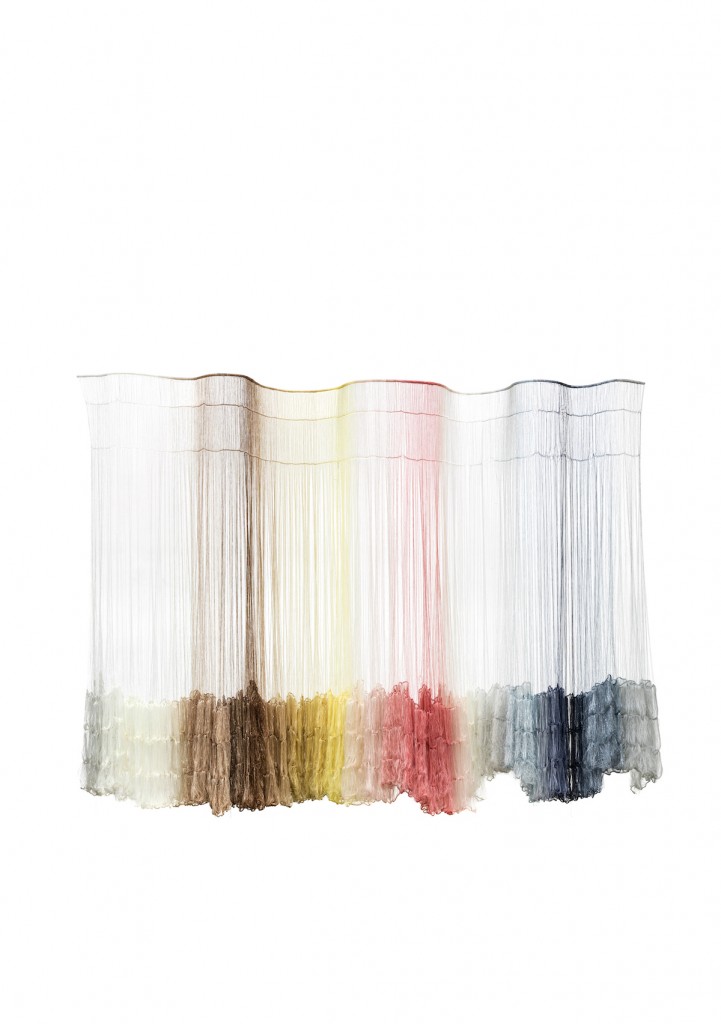
Knit sculpture suspended from a sinuous acrylic rod. The shimmering fabric incorporates extremely fine-gauge strands, including a fibre with glow-in-the-dark properties that is charged in daylight and subsequently emits light for a limited period of time.
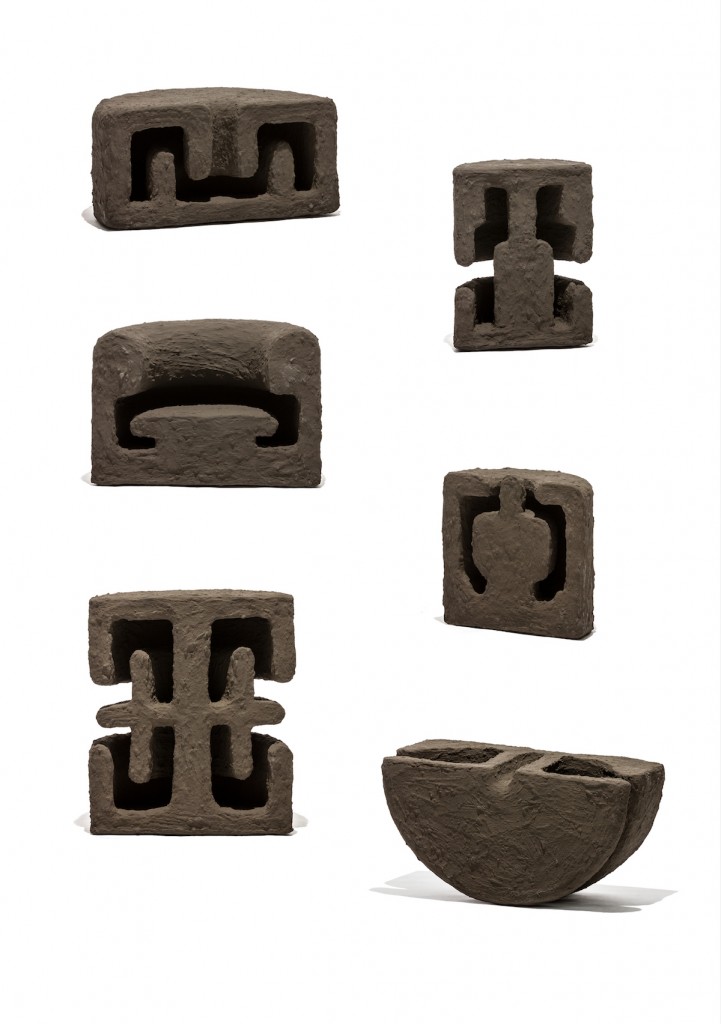
Six objects hand-moulded around a core made of polystyrene foam and steel. Coated with fibre- reinforced concrete and painted with grey-black pigments extracted from the geological strata in the Hanklit cliff on the Danish island of Mors.
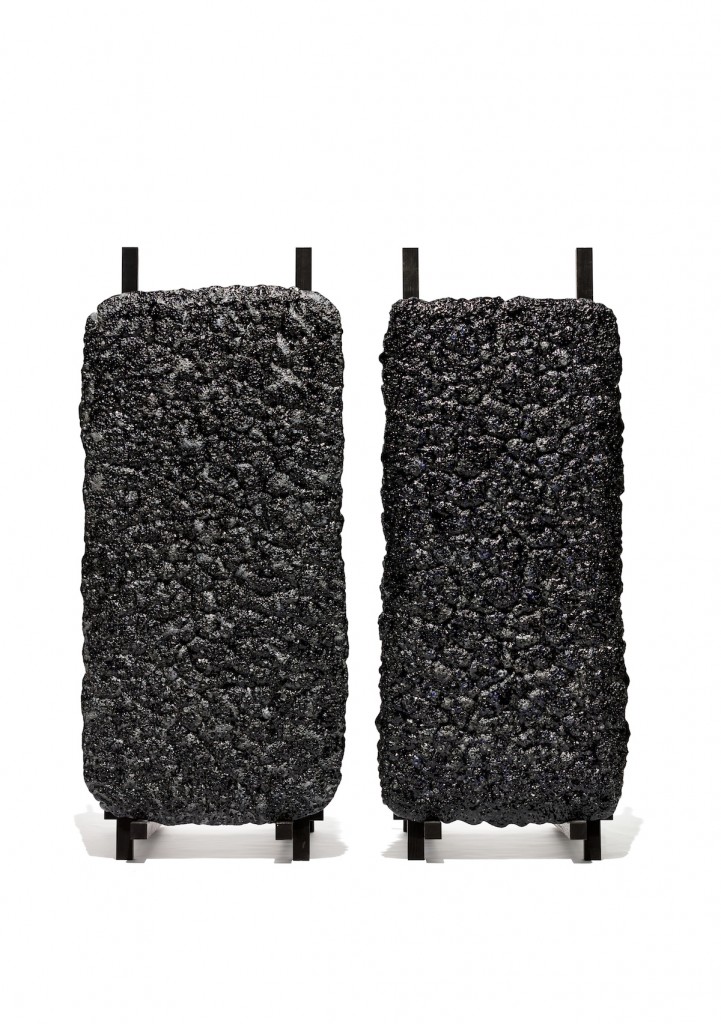
Different glazes poured into a rectangle in four thick layers and kiln-fired at 1280 degrees Celsius. In the kiln the glaze melts, boils and bubbles up, the process transforming the texture and appearance of the material and blurring the edges of the rectangular shape.
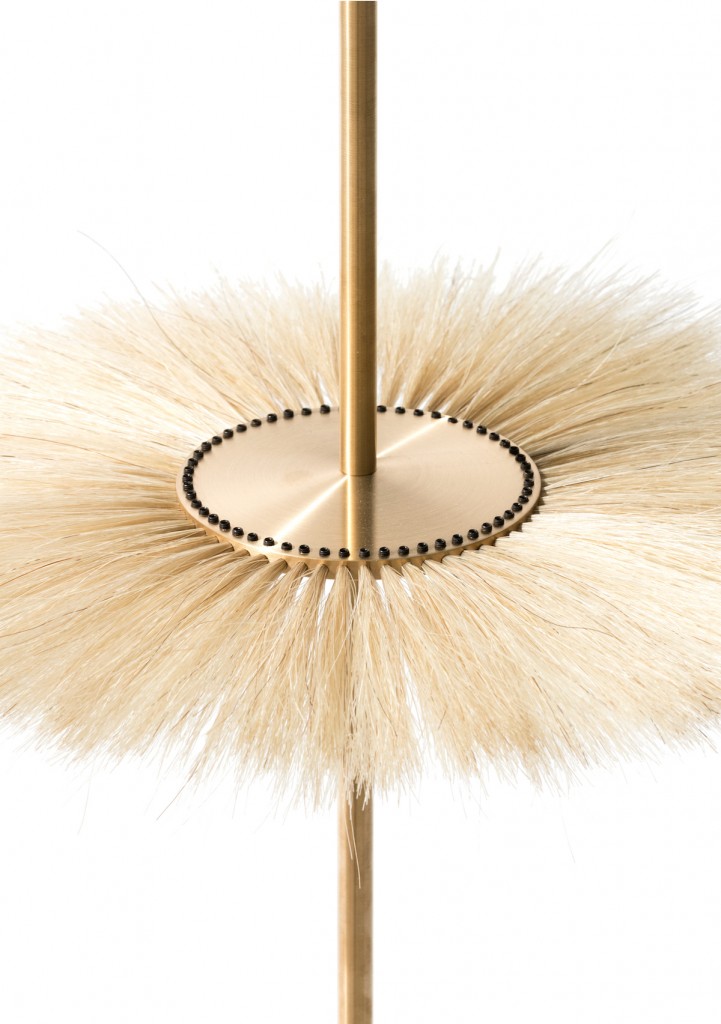
Five objects that make up a family. Each object is constructed around a pointed brass rods hanging from a thread, spaced 50 centimetres apart. Round elements in a variety of materials are mounted on the brass rods.
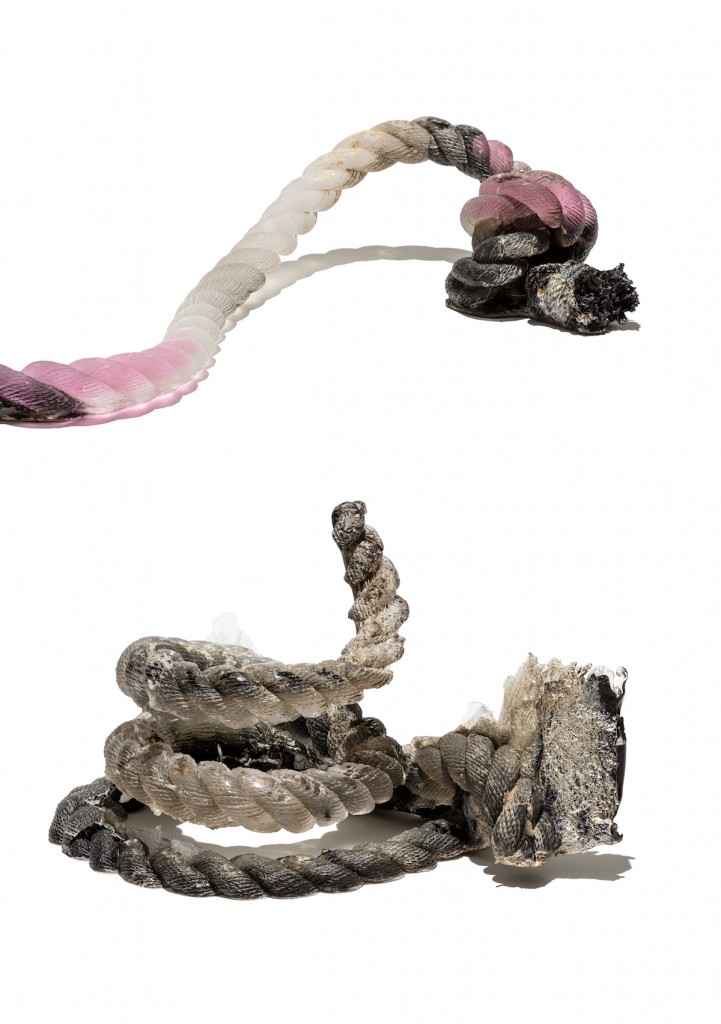
Glass sculpture made using the classic technique ‘cire perdue’, lost-wax casting. In a complex process involving multiple castings, Maria Koshenkova covers rope with mould material, then burns the rope to create a cavity inside the mould. The cavity is filled with molten glass to create a replica of the rope. Each piece is kiln-fired for about two weeks.
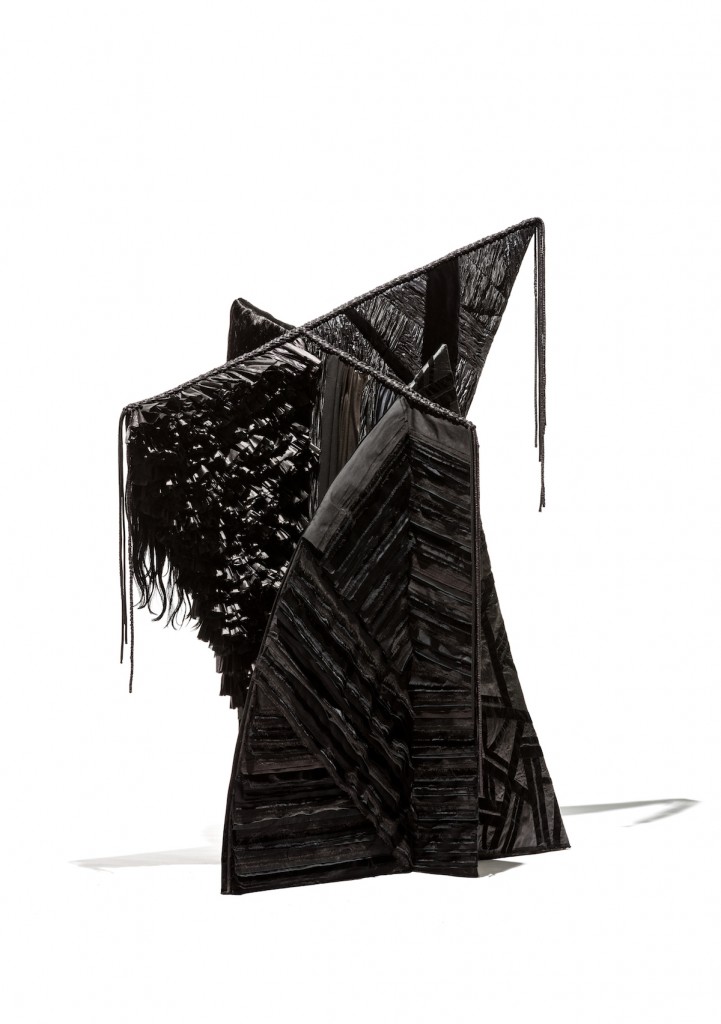
Textile sculpture featuring techniques from both couture and costume design, including hand-made pleats, ruffles and gathering techniques. A diverse range of exterior materials with added human hair and tar or lacquer finish in places. The interior wooden frame is constructed of wooden plates wedged into one another. The textiles are mounted on the frame with tie-strings or zips.
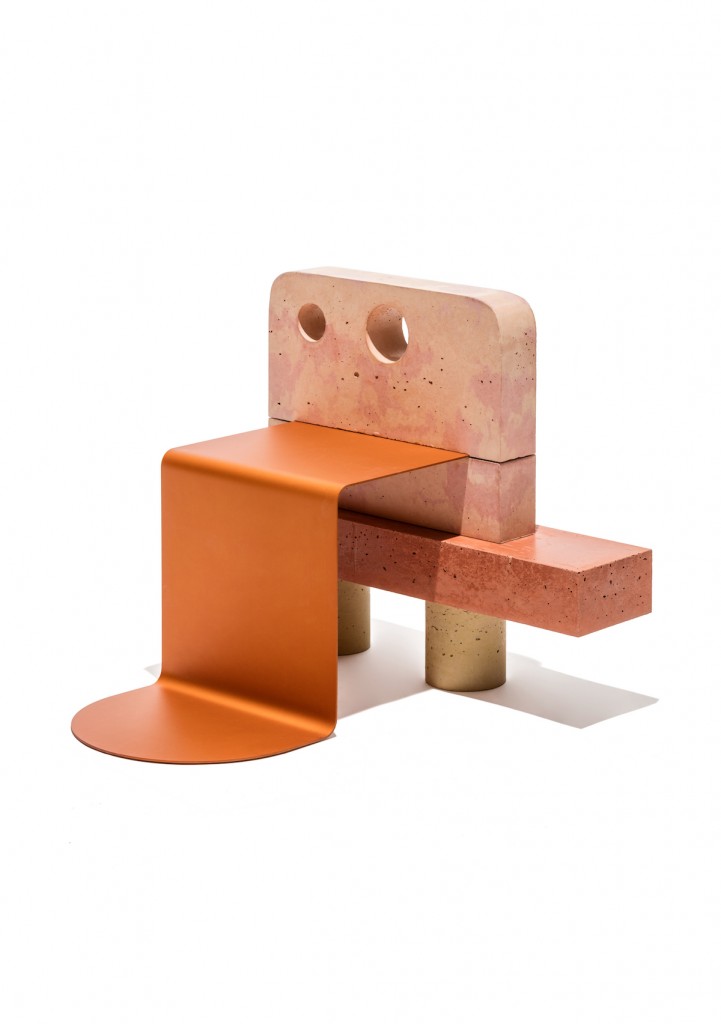
Chair sculpture made of four cast pigment-dyed concrete blocks, joined together with iron tubes, and a glass-blasted, anodized aluminium seat with hand-made indentations that create a textured surface.
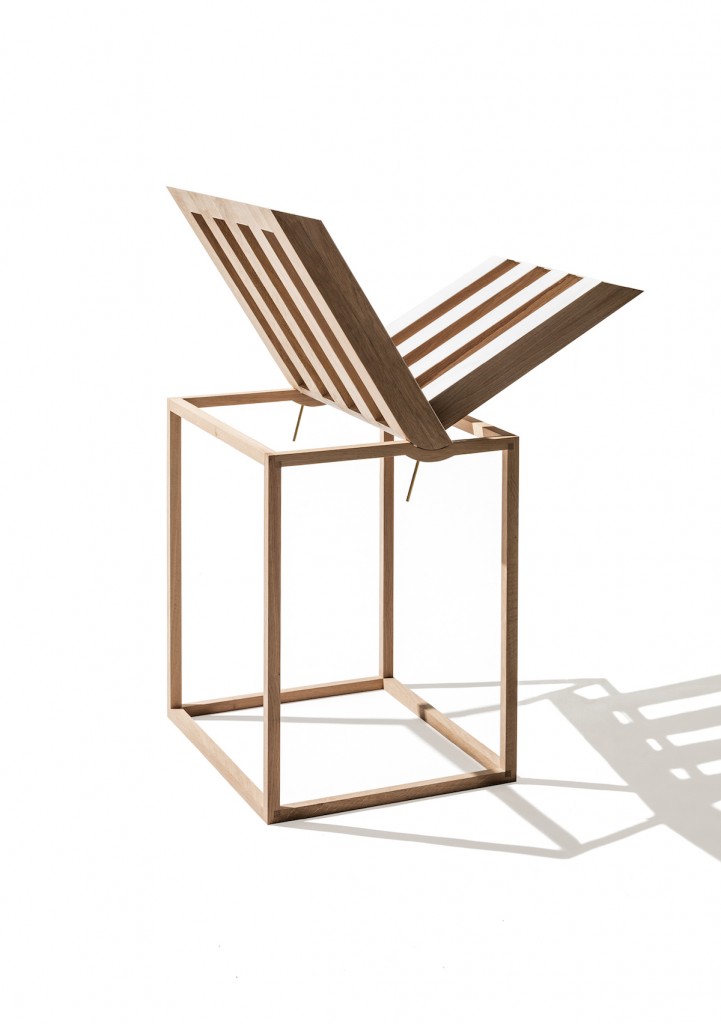
A table and a bench that reflect the weather and surroundings, made of slender wooden frames, solid wooden beams and rectangular silver-plated brass reflectors. The inspiration for the project came from an architectural analysis of the site and a series of free associations on the ambience of the cloister.



